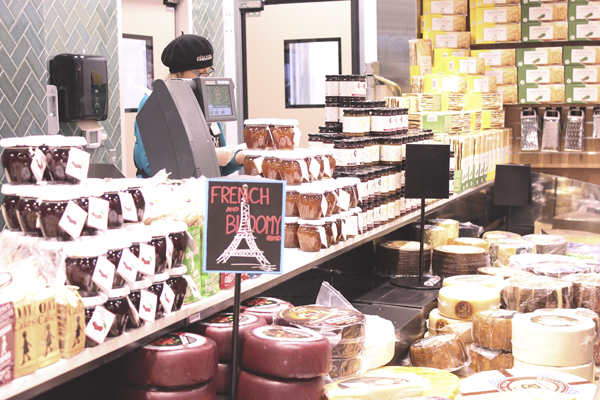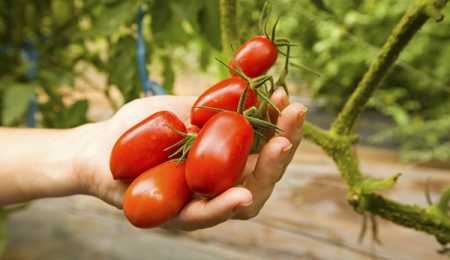Ethical eating is the way to go these days—if you’ve got the money
Photos by Jessica Eritou
In a two-floor building lined with stained wood panelled walls, and decorated with white cursive typeface and a laid-back summer-market-style dining area, I pictured myself shopping for kale on a hip corner of Austin, Texas.
Part of that was wishful thinking on a dreary November afternoon in Ottawa. But as a store rep led me and a small group on a tour through the city’s newest grocery outlet, it was clear the urban Austin lifestyle had seeped into Canada’s capital.
Foodies, hipsters, and health nuts, your mothership has arrived.
Whole Foods Market has finally landed in Ottawa, having opened its 10th Canadian location—the other nine are in British Columbia and the Greater Toronto Area—at Lansdowne Park this month. The company is best known for selling natural and organic products in a strong ethical and educational bid to customers. It focuses on telling shoppers what is in their food and where their food comes from, before they even ask.
Produce, for example, features a rating system with categories for energy, climate, soil conservation, and farm worker welfare. The higher the rating in each category, the more a head of lettuce will cost you. Meat has the same approach with animal welfare standards, allowing the shopper to choose specific husbandry and management practices.
It’s a model that will appeal to a consciousness of ethics, health, or both, but it doesn’t come cheap. Students may be intrigued by the Whole Foods philosophy, but feel it’s not worth the extra time or money compared to Tuesdays at the neighbourhood Loblaws or Metro. And they wouldn’t necessarily be wrong.
“I think that this movement can be a bit elitist,” says Gabrielle Arkett, coordinator of the Sustainable Development Centre at the University of Ottawa. To buy local and eat ethically, you need money. “The fact of the matter is, buying directly from a farmer often is not cheap.”
She says community policymakers need to develop ways for local farm products to be available to all, while ensuring that farmers are compensated adequately for their hard work. “It’s a tricky balance, but I think eating locally is the future. A globalized food market only works as long as there’s cheap oil. That won’t last forever, so we need to strengthen our local food system now.”
Whole Foods spokeswoman Allison Phelps says the new store’s value label can help those with a tighter budget still eat the way they feel is right. Phelps suggests a tour with one of their specialists: “She can take you around and show you ways to save money.”
You can save money by only purchasing what you need. “You don’t have to buy an entire box of quinoa when your recipe only requires just a cup,” says Phelps.
But according to Arkett, you probably won’t see too many students out at Whole Foods anytime soon. “Students are not the intended market of those types of stores and many cannot afford to shop there, as much as they would like to,” she says. “The reality is not everybody can afford to eat local or organic all the time. We want to expand people’s options, but not shame them for the choices they make.”





